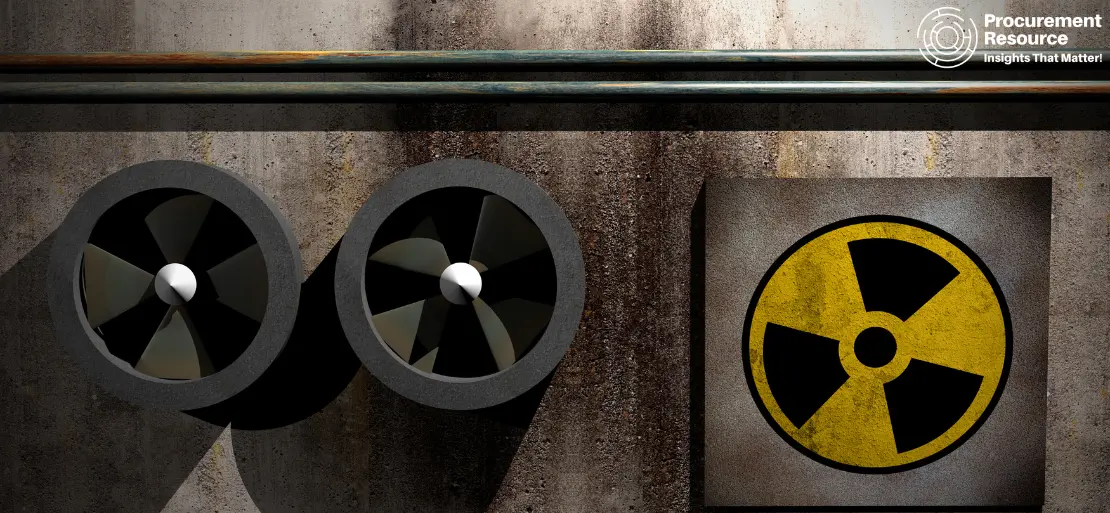Scientists Utilised Nuclear Radiation to Wirelessly Convey Digital Data

The energy emitted as high-speed charged particles or with electromagnetic waves is nuclear radiation which is also known as ionising radiation. Radiation can arise from a variety of natural and manufactured sources. Rocks, sunlight, and cosmic rays constantly expose all living organisms to modest quantities of radiation.
Matter emits energy in the form of fast-moving microscopic particles for example alpha particles, beta particles, and neutrons or pulsating electromagnetic rays or waves which also known as gamma rays which are generated by unstable radioactive atoms nuclei.
Engineers have used radioactive radiation instead of traditional technologies to wirelessly transmit digitally encoded data. Engineers from Lancaster University in the UK collaborated with the Jožef Stefan Institute in Slovenia to convey digitally encoded information using 'fast neutrons' instead of radio waves and mobile phone signals. The scientists studied the spontaneous emission of fast neutrons from californium-252, a radioactive element produced in nuclear reactors. A detector was used to measure modulated emissions, which was later saved on a laptop.
Several types of information, such as a word, the alphabet, and a randomly chosen number, were serially encoded into the neutron field's modulation. The output was decoded on a laptop, which displayed the encoded information on the screen. A double-blind test was conducted in which a number generated by a random number generator was encrypted, sent, and decoded without the awareness of those who uploaded it.
All the transmission tests that were carried out were a total success. Malcolm Joyce of Lancaster University remarked that they demonstrate the promise of rapid neutron radiation as a medium for wireless communications for situations where typical electromagnetic transmission is either not possible or fundamentally restricted.
He stated that fast neutrons have an advantage over typical electromagnetic waves, which are muted when they pass through substances like metals. In some safety-critical cases, such as reactor containment integrity and metal vaults and bulkheads in marine structures, it's critical to minimise the number of communications cabling penetrations into metal structures.
The use of neutrons for data transmission through such structures could prevent the need for such penetrations. It could also be beneficial in cases where restricted transmissions are required under challenging conditions, such as during emergency rescue operations. Fast neutrons could also be used to achieve signal blending between electrons and neutrons in mixed-signal electronic systems. This may add to the need to ensure data integrity during transmission.

-(1).webp)

.webp)